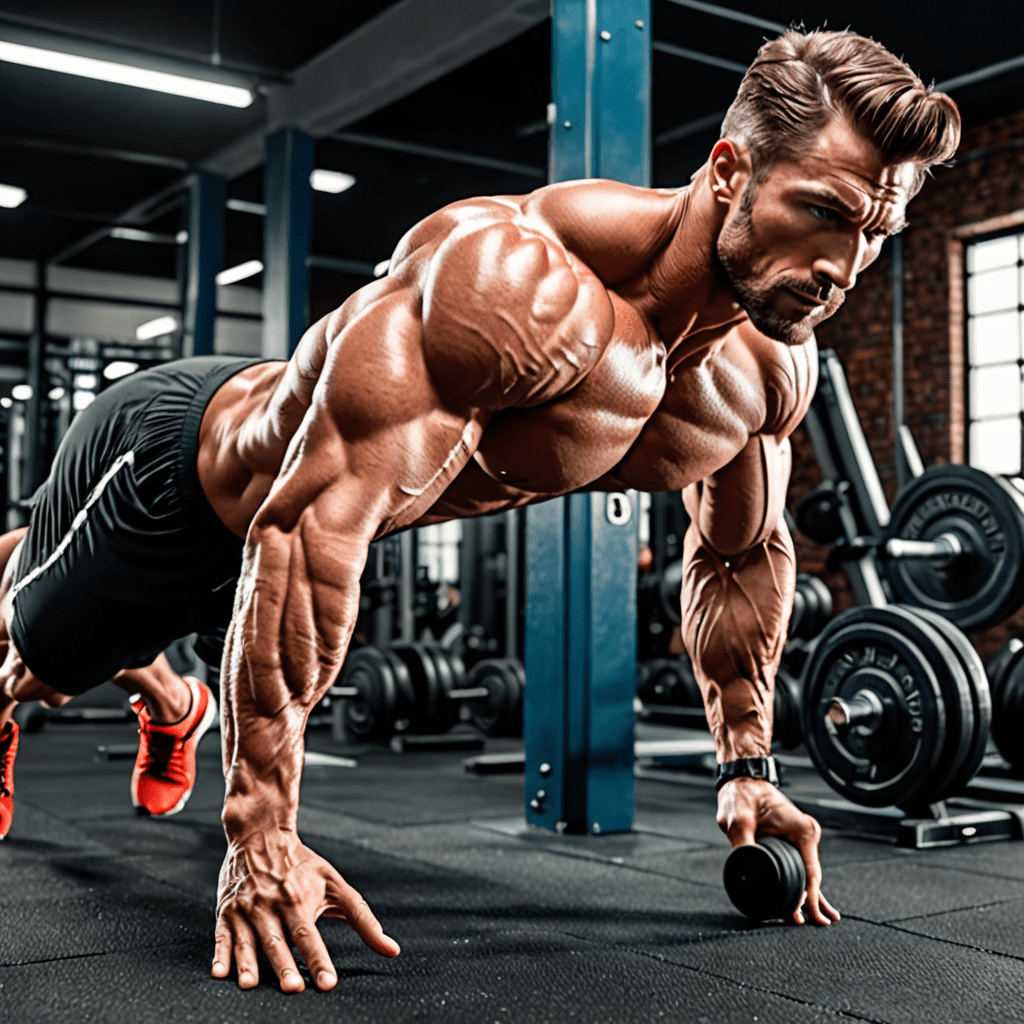
What Muscles Do Push-Ups Use?
Push-ups are a fundamental bodyweight exercise that primarily targets the upper body muscles. This full-body exercise engages multiple muscle groups, making it an efficient way to build strength. Understanding the muscles involved in push-ups can help you optimize your workout and achieve better results.
The Major Muscles Worked During Push-Ups
The primary muscles targeted during push-ups include the chest, shoulders, triceps, and core. Let’s explore each of these muscle groups:
Chest (Pectoralis Major)
The pectoralis major, commonly referred to as the chest muscles, is heavily engaged during push-ups. These muscles are responsible for the horizontal adduction of the arms, allowing you to push your body away from the ground.
Shoulders (Deltoids)
The deltoid muscles, located at the top of the shoulders, are essential stabilizers during push-ups. They assist in the movement of the arms and shoulders, contributing to the overall strength and stability of the upper body during the exercise.
Triceps
The triceps, located at the back of the upper arms, play a significant role in elbow extension, which is essential for pushing the body up from the ground. These muscles are vital for generating the necessary force to complete a push-up.
Core Muscles
The core muscles, including the rectus abdominis, obliques, and transverse abdominis, are engaged to maintain a stable and straight body position throughout the push-up motion. A strong core is essential for overall body stability and strength.
Additional Muscles Engaged
Push-ups also work several other muscle groups, including the serratus anterior, which is located on the sides of the chest, and the muscles of the lower body, as they provide stabilization during the exercise.
Tips for Maximizing Your Push-Up Workout
To optimize your push-up routine and target the involved muscles effectively, consider the following tips:
- Ensure proper form and alignment to engage the targeted muscles.
- Vary your hand placement to emphasize different muscle groups. Wider hand placement targets the chest, while a narrower stance places more emphasis on the triceps.
- Incorporate push-up variations, such as incline or decline push-ups, to challenge your muscles in different ways.
- Engage your core throughout the exercise to maintain stability and protect your lower back.
- Performing slow and controlled push-ups can increase time under tension, leading to greater muscle activation and growth.
FAQ: Frequently Asked Questions
1. How many push-ups should I do to see results?
The number of push-ups needed for results varies based on individual fitness levels and goals. Start with a number that challenges you without compromising your form, and gradually increase your repetitions as you build strength.
2. Can push-ups help with building muscle mass?
Yes, push-ups can contribute to muscle growth, especially for beginners or those incorporating them into a strength training regimen. Additionally, increasing the challenge by adding variations or resistance can further promote muscle development.
3. Are push-ups suitable for all fitness levels?
Push-ups can be modified to accommodate different fitness levels. Beginners can start with incline push-ups using an elevated surface, while advanced individuals can perform more challenging variations, such as one-arm push-ups or plyometric push-ups.
4. Should I do push-ups every day?
While push-ups can be performed daily, it’s essential to allow for adequate rest and recovery. Incorporating push-ups into a well-rounded workout routine that includes different exercises and muscle groups can help prevent overuse injuries and promote overall strength and fitness.
